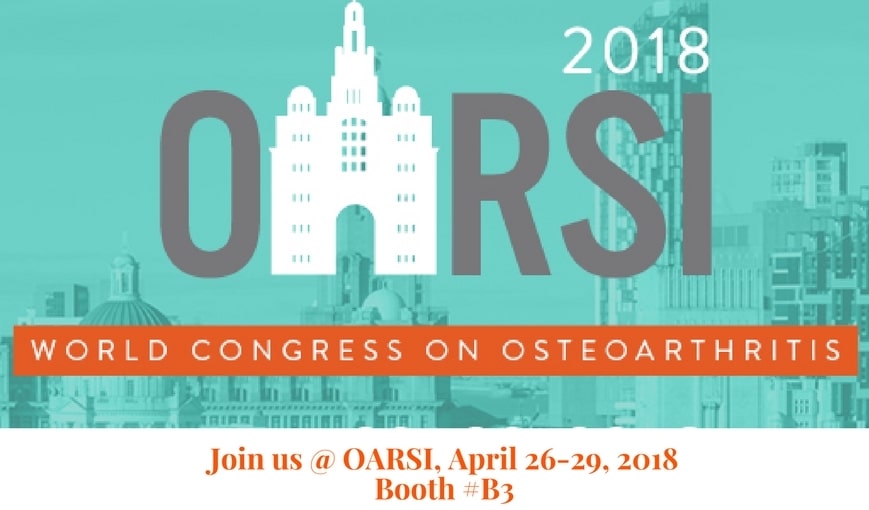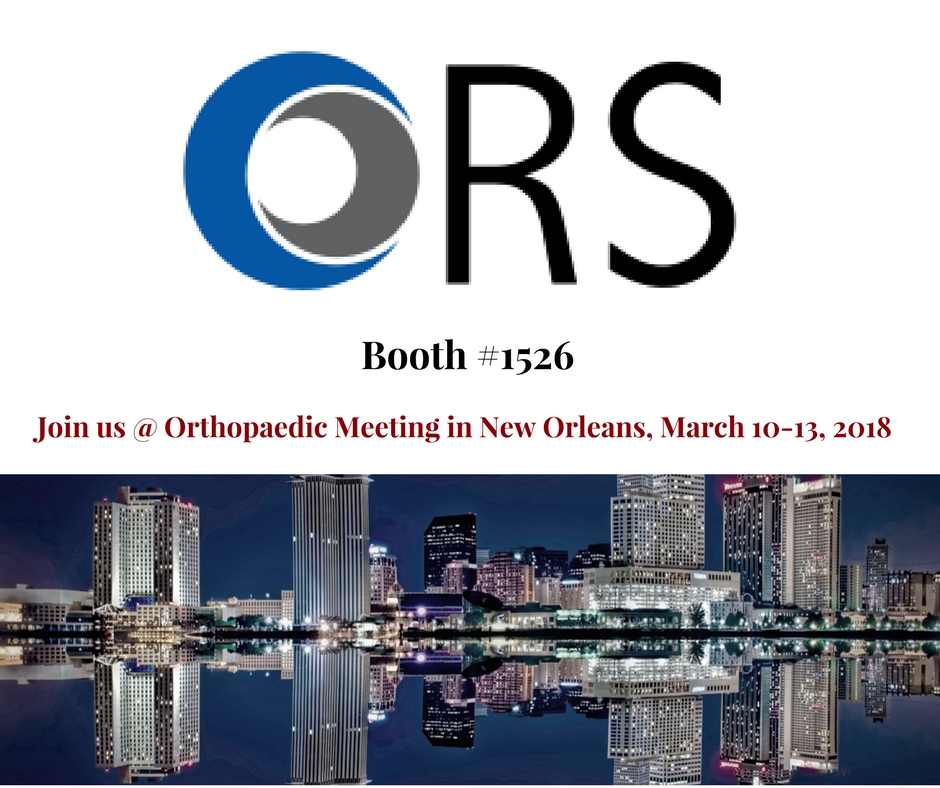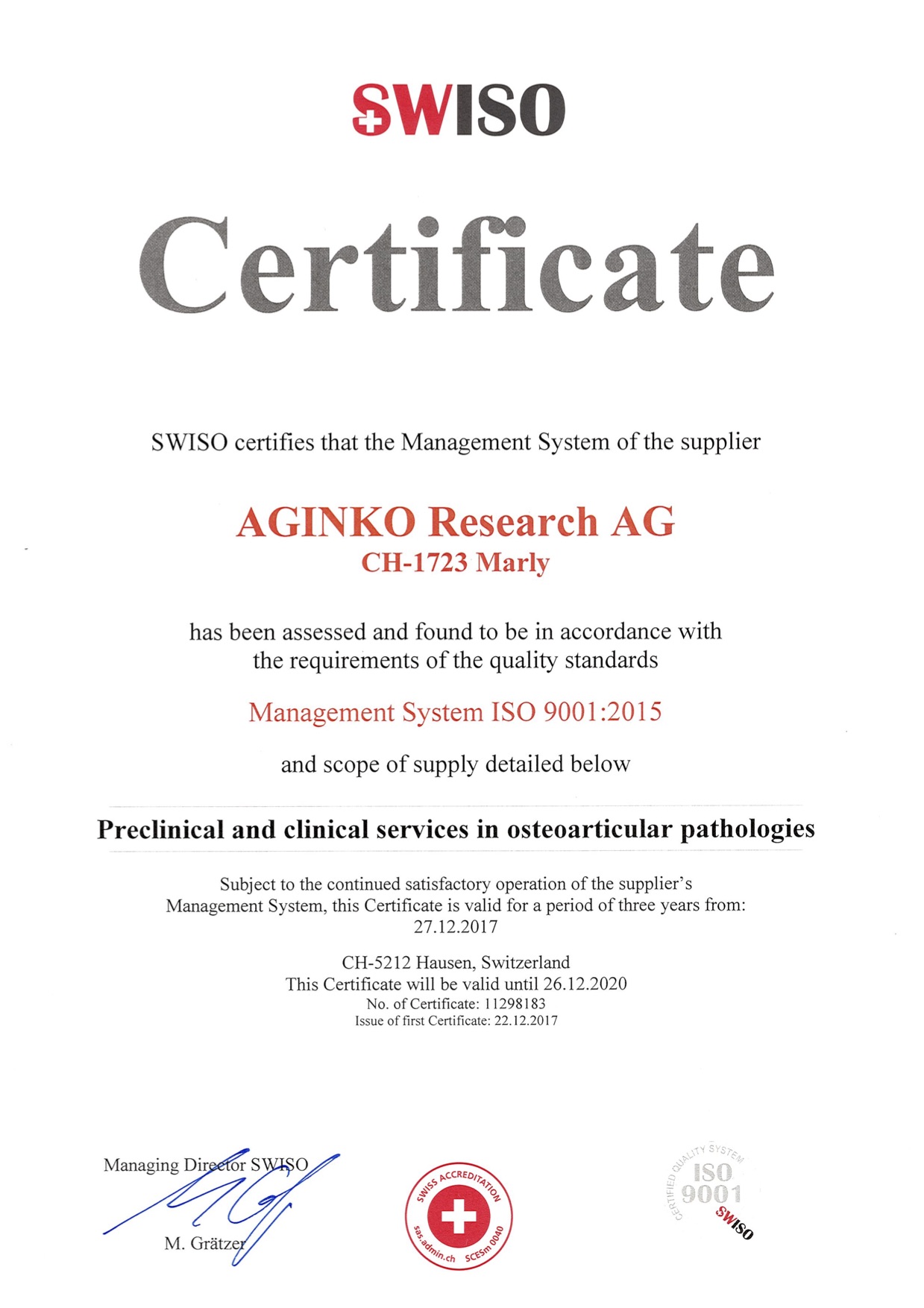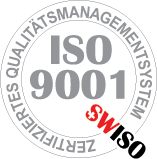Fracture Models
Services >> Disease Models
Fracture Models

Fracture Models


NEWS & EVENTS
CIR Accreditation
10 July 2018
BIO International Convention in Boston
30 April 2018
World Congress on Osteoarthritis 2018
15 March 2018
AGINKO will exhibit at the ORS Annual Meeting, March 10-13, 2018
19 February 2018
Aginko Research is proud to announce that it is now ISO Certified
17 December 2017
Fracture healing is a complex physiological process where the bone and its neighboring tissues play important roles. Thus, fracture healing can only be assessed in animal models.
However, the choice of the most appropriate animal model for fracture repair remains an unanswered question as no animal model accurately reproduces the human bone physiology, biology, structure, and biomechanics.
Despite these limitations, small and large animal models have been developed to study the effects of bone substitutes, scaffold, biologics or cell-based products on bone fracture repair.
Fracture bone healing is usually an optimal biological process. However, delayed healing or non-union can occur on patients for multiple reasons. In addition, bone fractures are more frequent and more problematic in osteoporotic patients as the bone structure is compromised. Fracture model, segmental and critical-size defect models have been developed in several species.
However, the choice of the most appropriate animal model for fracture repair remains an unanswered question as no animal model accurately reproduces the human bone physiology, biology, structure, and biomechanics.
Despite these limitations, small and large animal models have been developed to study the effects of bone substitutes, scaffold, biologics or cell-based products on bone fracture repair.
Fracture bone healing is usually an optimal biological process. However, delayed healing or non-union can occur on patients for multiple reasons. In addition, bone fractures are more frequent and more problematic in osteoporotic patients as the bone structure is compromised. Fracture model, segmental and critical-size defect models have been developed in several species.
Animal Models
Critical-size defects:
Critical-size defects:
- Calvarias critical-size defects in rat and rabbit
- Mandibular critical-size defects in mini-pig and dog
- Femur critical-size defects in rat
- Ulna critical-size defects in rabbit
- Tibial critical-size defects in sheep and mini-pig
Outcome Measurements
-
In vivo and ex vivo BMD and BMC measurements of cortical and trabecular
bones by DEXA, pQCT and ?CT
-
Biomechanical testing
-
Physiological bone turnover markers (blood, urine)
-
Ash chemical analysis
-
Histomorphometry, histology
To read more on Fracture Model, Click Here






